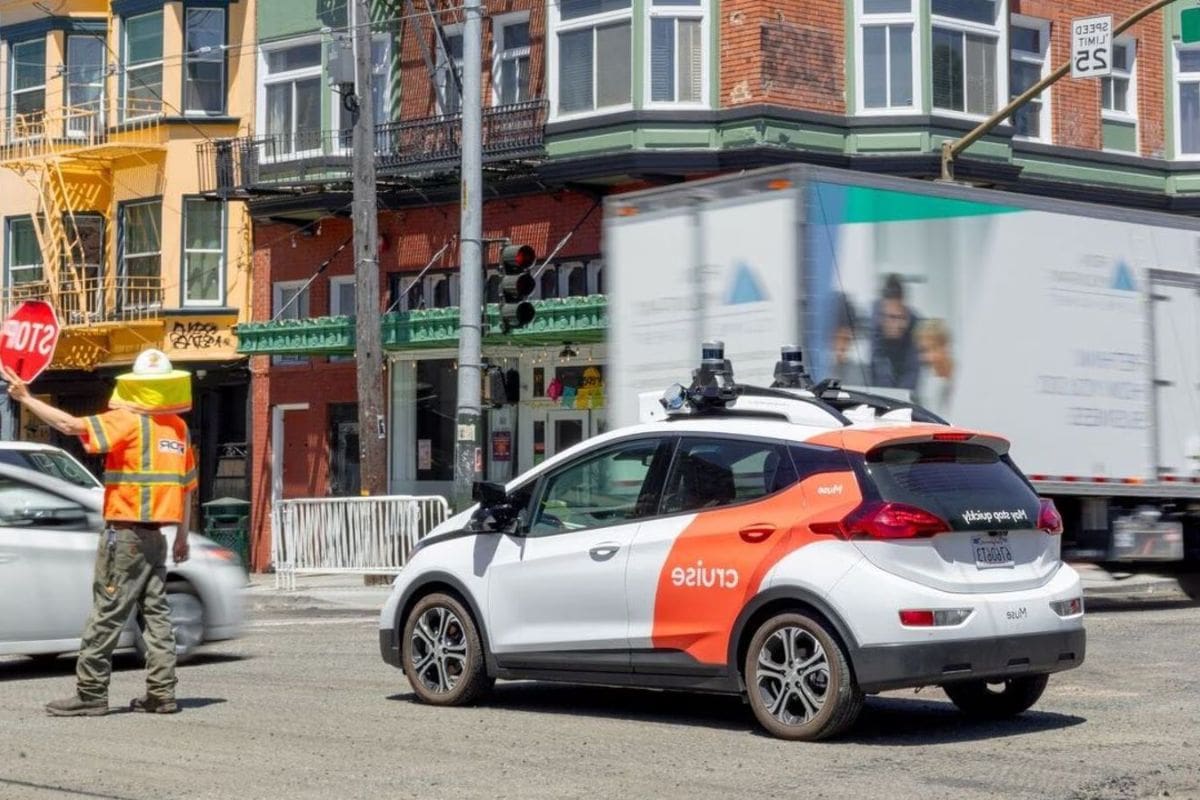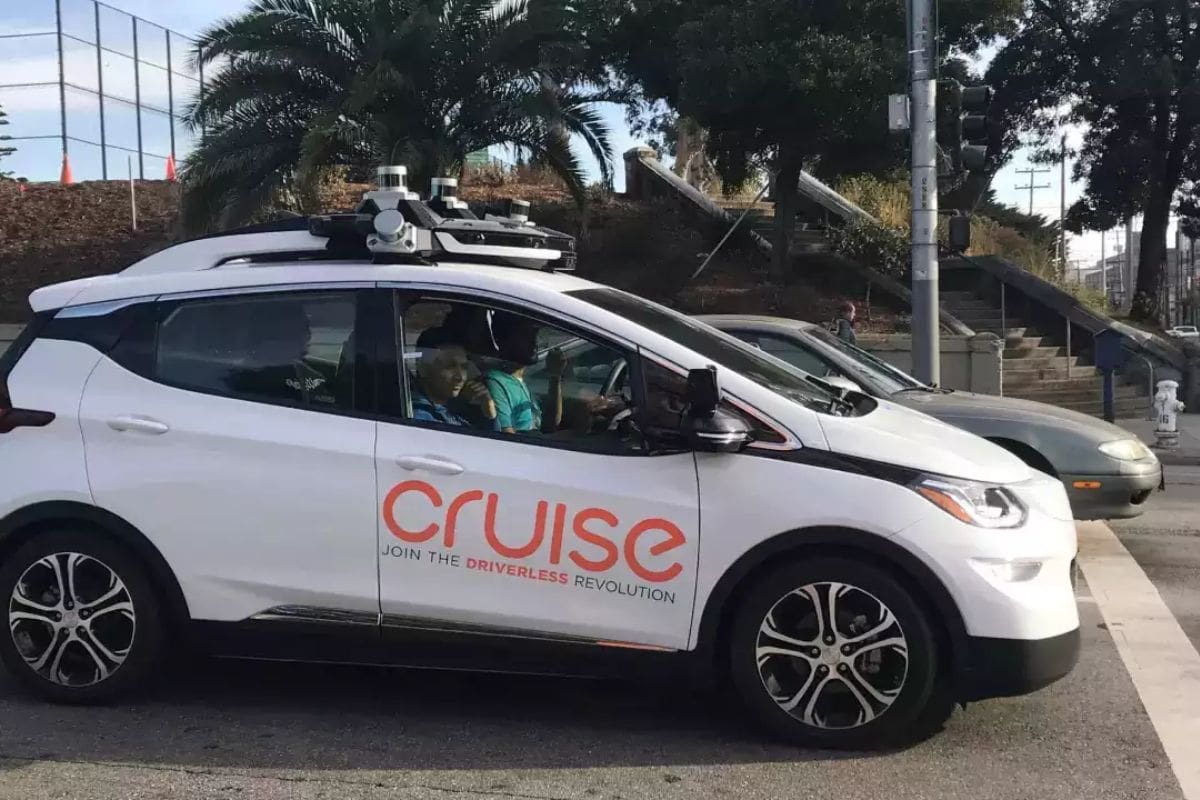California Regulator Cruise Under Scrutiny: The recent incident involving Cruise, a leading autonomous vehicle company, and a California regulator has sparked intense scrutiny and raised questions about the safety and reliability of self-driving cars.
As the investigation unfolds, it becomes clear that there is more to this story than meets the eye. Accusations have been made, and Cruise’s response and internal actions are being closely examined.
The repercussions of this incident and the potential regulatory actions that may follow have industry experts and the public eagerly awaiting further developments.
Key Takeaways
- CPUC conducting a hearing to examine Cruise’s actions and determine their responsibility in the incident
- Cruise accused of misleading the CPUC and omitting important information
- Cruise took swift and extensive internal actions to address the incident, including terminating executives and addressing software shortcomings
- Regulatory actions include the suspension of Cruise’s driverless testing license, the removal of all U.S. self-driving vehicles from testing, and the resignation of Cruise’s CEO and co-founder
CPUC Hearing Investigates Cruise’s Autonomous Vehicle Incident
The upcoming CPUC hearing will delve into the investigation of the autonomous vehicle incident involving Cruise, the General Motors unit responsible for self-driving cars, and its subsequent handling of the incident.
This hearing comes after a pedestrian crash that led to the suspension of testing permitsa in Clifornia and a halt to all U.S. testing operations by Cruise.
The CPUC, as the regulator of public utilities in California, is conducting this hearing to examine Cruise’s actions and ensure that they are in compliance with safety regulations.
This investigation is crucial in order to determine the extent of Cruise’s responsibility in the incident and to hold them accountable for any failures in their self-driving technology or safety protocols.
The hearing aims to shed light on the incident and provide insights into the necessary steps to prevent similar accidents in the future.


Background of the Incident
Amidst regulatory actions and accusations of misleading the commission, Cruise’s autonomous vehicle incident in October highlighted the need for a thorough examination of the background surrounding the incident. The incident occurred when a pedestrian was propelled into the path of a Cruise self-driving car due to another vehicle collision. This prompted regulatory actions, with the California Public Utilities Commission (CPUC) accusing Cruise of misleading the commission by omission regarding the accident’s severity and providing misleading public comments.
To gain a comprehensive understanding of the incident, it is essential to delve into the background factors that contributed to this unfortunate event. Four key aspects of the incident’s background include:
- The technology and capabilities of Cruise’s autonomous vehicles.
- The training and protocols in place for the safety of pedestrians and other road users.
- The circumstances leading up to the collision between the other vehicles involved.
- The actions taken by Cruise in response to the incident and their cooperation with regulators.
Accusations Against Cruise
Cruise has faced allegations of misleading the California Public Utilities Commission (CPUC) regarding crucial details surrounding the autonomous vehicle incident. The CPUC accused Cruise of omitting important information, such as a pullover maneuver that dragged the pedestrian an additional 20 feet at a speed of 7 mph.
In response, Cruise terminated nine executives and offered a $75,000 settlement to address the reporting discrepancies to the commission. Cruise maintains that there was no intention to mislead and asserts that the omissions were unintentional.
The accusations against Cruise raise concerns about the transparency and accuracy of the information provided to regulatory bodies. As self-driving technology continues to evolve, it is crucial for companies like Cruise to ensure clear and accurate reporting to regulatory agencies to maintain public trust and safety.
Cruise’s Response and Internal Actions
In response to the accusations, Cruise defended its actions and highlighted the swift and extensive internal measures taken after the autonomous vehicle incident. Cruise’s actions in response to the incident can be summarized as follows:
- Swift and extensive internal measures: Cruise took immediate and comprehensive actions internally to address the shortcomings that led to the incident. These measures were aimed at improving the software and ensuring such incidents do not occur in the future.
- Law firm report: A report from law firm Quinn Emanuel concluded that Cruise had no deceptive intentions and that the incident resulted from software shortcomings.
- Technical review by Exponent: The technical review conducted by Exponent also attributed the incident to software issues. Cruise promptly addressed these shortcomings to enhance the safety and reliability of its autonomous vehicles.
- Lack of deceptive intentions: Both the law firm report and the Exponent review highlighted that Cruise’s actions were not driven by any deceptive intentions.
Cruise’s response demonstrates its commitment to addressing the incident and improving the safety of its self-driving cars.

Also Read: Gavin Newsom Overrules California Parole Release for Murderous Gang Member
Repercussions and Regulatory Actions
Following the incident, regulatory actions were taken, and Cruise faced significant repercussions. The California regulator suspended Cruise’s driverless testing license, resulting in the removal of all U.S. self-driving vehicles from testing. This decision was accompanied by the resignation of Cruise’s CEO and co-founder, highlighting the severity of the situation.
Additionally, the company announced a substantial reduction in its workforce, indicating the economic impact of the incident. The National Highway Traffic Safety Administration (NHTSA) also launched an investigation into the pedestrian risks associated with Cruise’s self-driving technology.
These regulatory actions and repercussions not only halted Cruise’s testing operations but also had a profound effect on the company’s leadership and workforce. The investigation by the NHTSA further emphasizes the need for comprehensive safety measures in the development and deployment of autonomous vehicles.
Conclusion Of California Regulator Cruise Under Scrutiny
The CPUC hearing shed light on the incident involving Cruise’s autonomous vehicle in California. Accusations were made against Cruise, and the company responded by taking internal actions.
This incident has led to repercussions and regulatory actions. Overall, the investigation and subsequent actions taken in response to this incident highlight the importance of ensuring the safety and accountability of self-driving car technology.
Our Reader’s Queries
Does California allow self-driving cars?
Operational control of fully autonomous vehicles on public roads is restricted to individuals authorized by the manufacturer. The manufacturer must have submitted a testing application to the DMV. Additionally, all autonomous vehicles undergoing testing must be equipped with a driver prepared to assume control in the event of a system failure.
What is Level 3 autonomous driving in California?
SAE International’s Level 3 designation permits operation on highways at speeds of up to 40 mph. This suggests its main application would be in congested traffic or traffic jams. The Drive Pilot utilizes radar, lidar, cameras, ultrasound, and moisture sensors to gather information on road conditions, transmitting data to the vehicle’s computers.
What is the autonomous vehicle bill in California?
SB 915 aims to Delegate Authority to Local Communities: Rather than the State of California dictating the operations of self-driving vehicles in a particular area, local governments will be authorized to issue permits and enforce traffic regulations on autonomous vehicle companies. This will be achieved by implementing new local ordinances as necessary, allowing for real-time adjustments.
How many autos are registered in California?
In 2021, California held the record as the U.S. state with the largest number of motor vehicle registrations. The total registrations surpassed 31.3 million, solidifying its position as the most populous state in the nation.
Does California require EV?
California’s regulations on zero-emission vehicles aim to reduce smog-causing pollution from light-duty vehicles by 25% by 2037. These rules require that 35% of newly sold cars be either plug-in hybrid electric (PHEV), electric vehicles (EVs), or hydrogen fuel cell vehicles by 2026. The target increases to 68% by 2030 and reaches 100% by 2035.
What is the best selling EV in California?
In the previous year, California achieved a groundbreaking milestone, with 21.4% of new cars being fully electric. Tesla maintained its dominance, securing the top spots with the two best-selling cars in the state, namely the Tesla Model Y and Tesla Model 3.
How many Teslas are in California?
In the fourth quarter, California witnessed the registration of 47,592 Tesla vehicles, a slight decrease from the 52,782 registrations reported the previous year, as per data from the California New Car Dealers Association. The last instance of Tesla experiencing a year-on-year registration decline in California was in the third quarter of 2020 during the COVID-19 pandemic.

